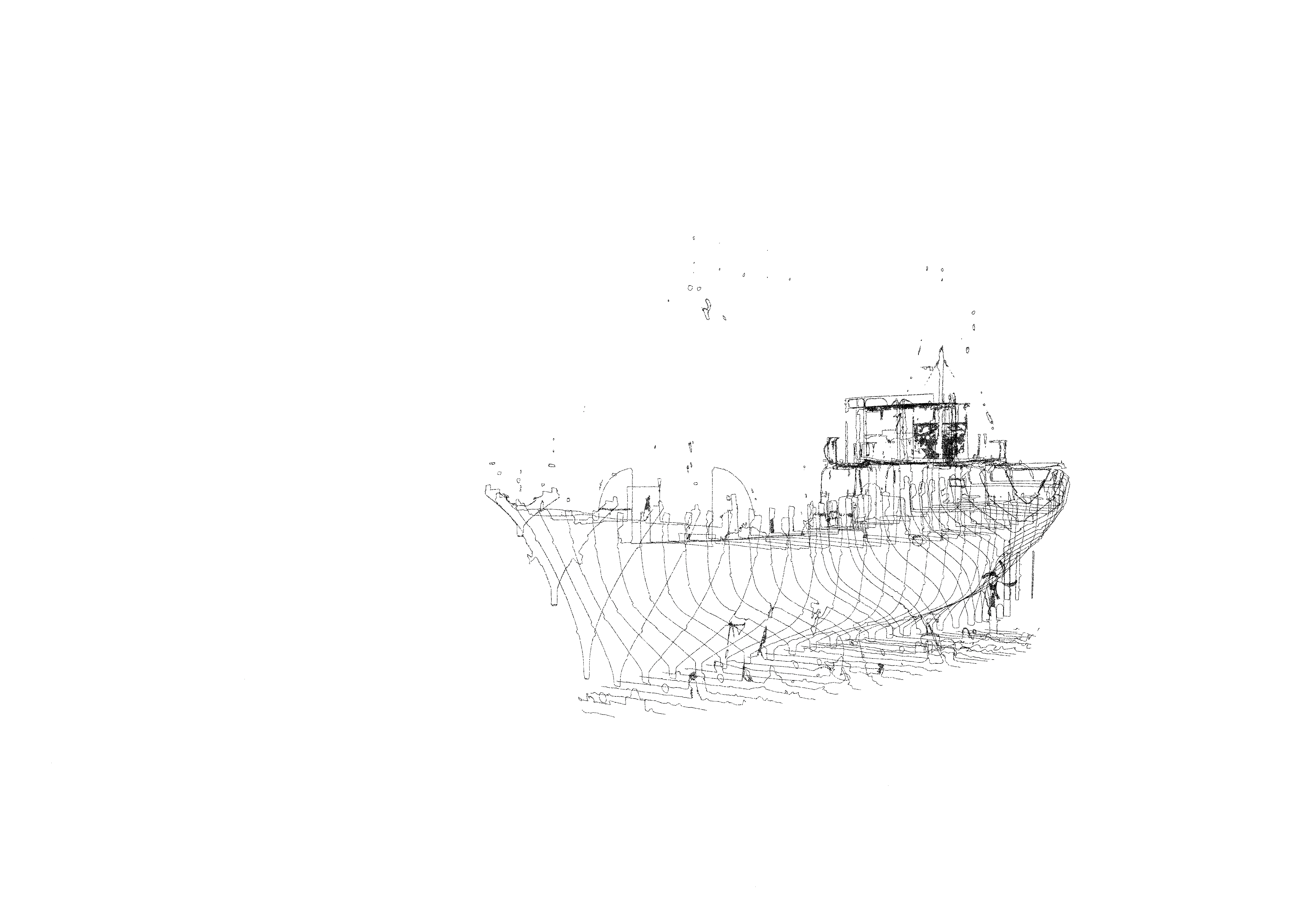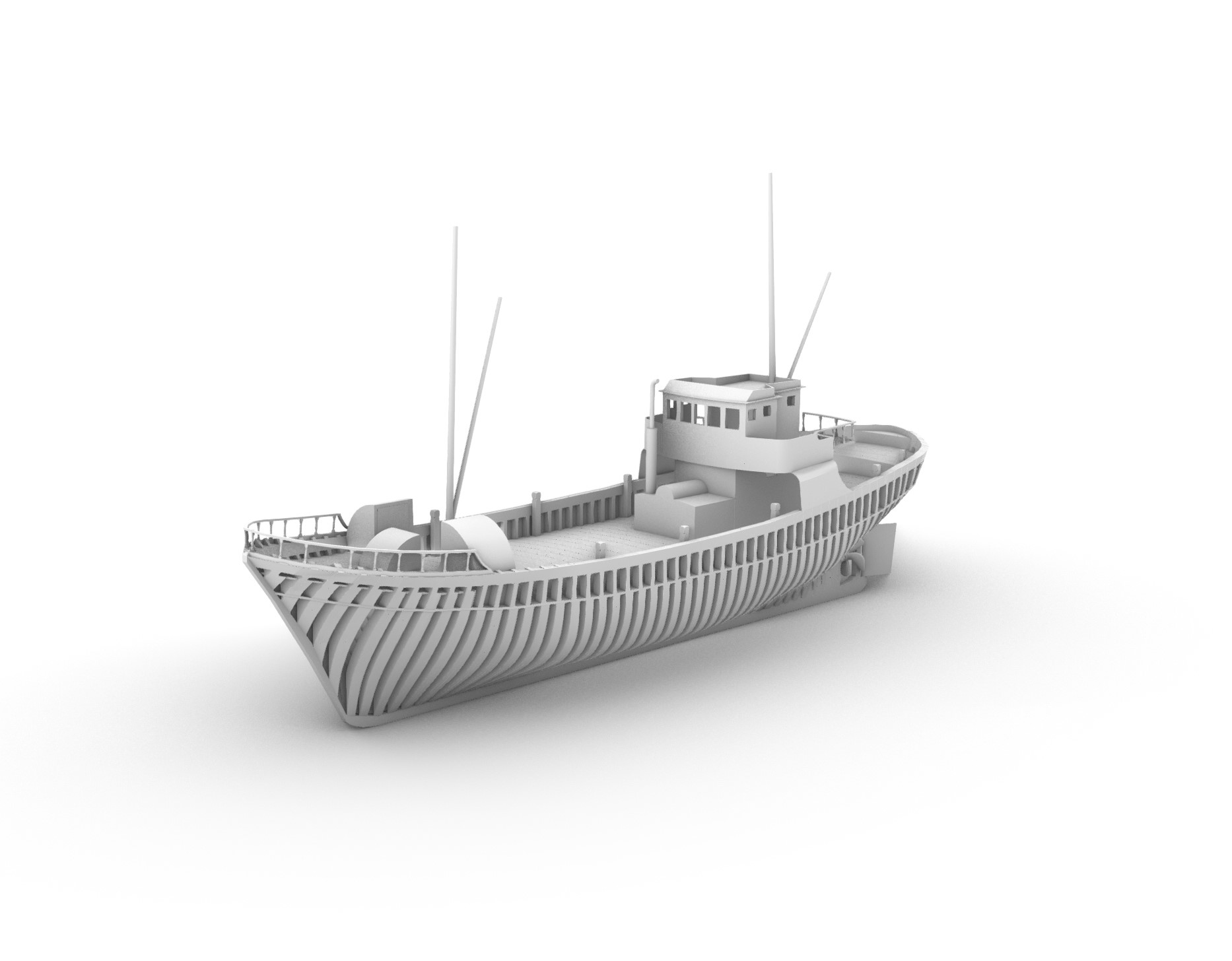
Newsroom
In 1955, the Lambousa set sail from Perama, Piraeus, Greece, eventually becoming a symbol of Cyprus' fishing tradition. A decade later, it found its home in Famagusta, where it roamed the eastern Mediterranean for half a century, a resilient 25-meter vessel with a 48-ton capacity and a top speed of 10 knots.

Fast forward to 2004, the Lambousa retired but not forgotten. Now under the ownership of the Limassol Municipality, this maritime relic is poised for restoration at Limassol's Karnagio area. The municipality turned to the Digital Heritage Research Lab (DHRLab) at the Cyprus University of Technology for a comprehensive initiative.
In a unique collaboration, the DHRLab, backed by the EU-funded H2020 ERA Chair, the MNEMOSYNE Project, and the UNESCO Chair on Digital Cultural Heritage, embarked on a mission to digitally immortalize the Lambousa. The goal: to safeguard its history through cutting-edge technology, blending 3D imaging with historical, environmental, and societal context.
For the MNEMOSYNE team, accustomed to working with monuments, the Lambousa posed a thrilling challenge. Laser scanning and photogrammetry unveiled a three-dimensional model, capturing both the vessel's interior and exterior in unprecedented detail.

Beyond its historical significance as Cyprus' oldest and last-of-its-kind fishing boat, the Lambousa's digital rebirth serves a broader purpose. It becomes a reservoir of technological, engineering, and contractual insights, pivotal in physically restoring this unique piece of Cypriot heritage. The once-nomadic fishing vessel now stands as a testament to the island's contemporary maritime narrative.































